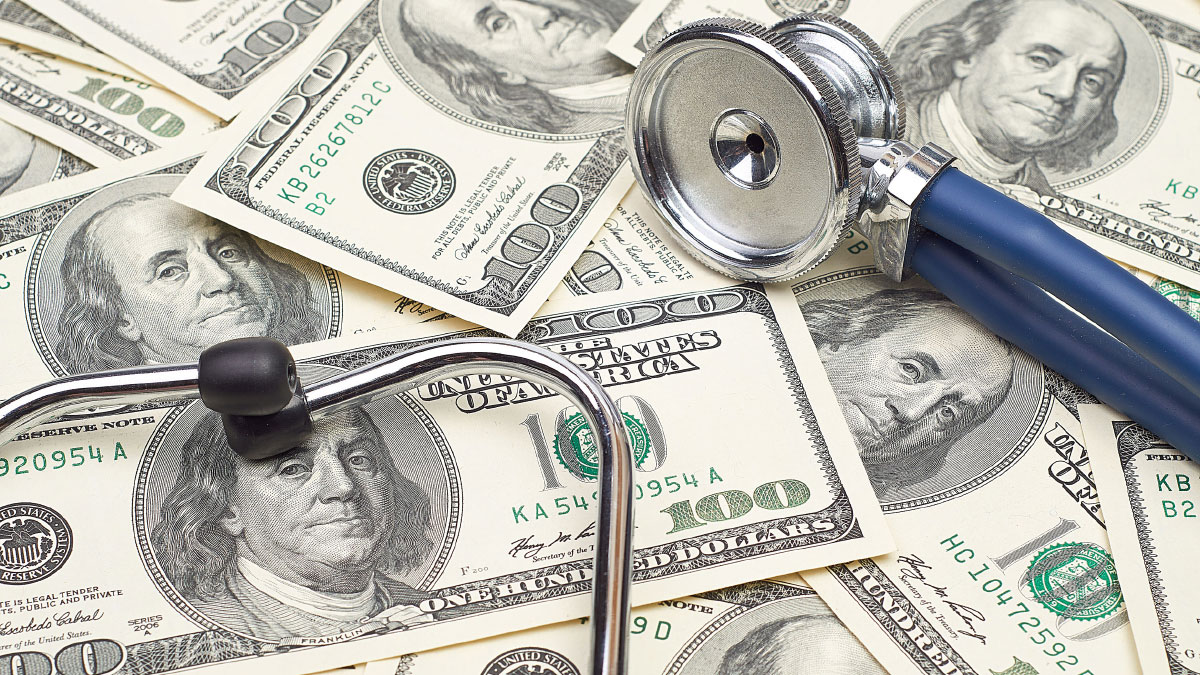One of the very first things all students learn in their first economics course is the meaning of the word “cost.”
They come to economics thinking that the cost of something is the price you must pay. Sometimes the two are equal. Often, they are not.
In a field such as health care, cost and price are almost never the same. They are usually not even connected.
It follows logically that if you try to control one of these variables by controlling the other, you will fail. And fail miserably.
The social cost of any good or service is its opportunity cost. If the only two goods were guns and butter, the cost of one more gun would be the value we place on the amount of butter we must give up in order to produce it. The cost of one more unit of butter is the value we place on having fewer guns.
The same principle applies to health care. What is the cost of training and employing a new doctor? It is the value we place on not having one more engineer or one more accountant or one more PhD in computer science. Similarly, the cost of one more hospital bed or one more piece of diagnostic equipment is the value we place on the alternative uses of the resources needed to produce them.












